





Acute glomerulonephritis
Short characteristic of a disease
The acute glomerulonephritis is the infectious and allergic disease of kidneys having cyclic character and developing within 2-3 weeks after any infectious disease transferred the person (most often after a streptococcal etiology). The glomerulonephritis at children and adults strikes renal fabric, leads to sharp reduction of their working capacity and development of a renal failure. At the moment the acute glomerulonephritis is considered one of the most frequent diseases of kidneys. It can develop at any age, but persons up to 40 years in most cases get sick.
Acute glomerulonephritis at children and adults – disease symptoms
- general weakness, slackness, small appetite, nausea, vomiting, headache;
- increase in the amount of baking, hypertensia;
- hypostasis of extremities;
- various forms of an uric syndrome (oliurgiya, hamaturia, proteinuria);
- pains in a waist and a stomach;
- syndrome of a renal failure.
Glomerulonephritis forms
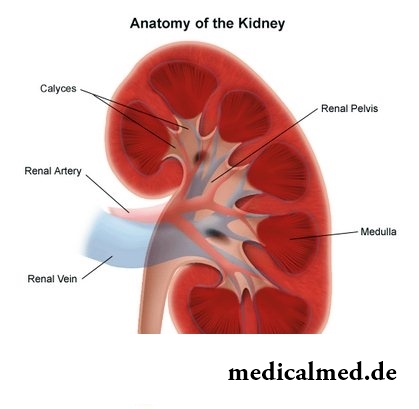
The acute glomerulonephritis most often proves in a cyclic or latent form. The first begins quite violently: the person quickly has hypostases, a headache, short wind, unpleasant feelings in lumbar area, the amount of urine decreases and arterial pressure increases. The disease proceeds cyclically – after bad attacks of an indisposition short-term improvement of a condition of the patient follows that does not demonstrate total disappearance of symptoms at all. If diagnosis of a glomerulonephritis is carried out correctly, and to the patient adequate treatment is appointed, then hypostases quickly fall down, and arterial pressure returns to normal. Nevertheless, even after an absolute recovery at the person the small proteinuria can be observed.
The latent form meets less often cyclic, but much more more often flows in a chronic glomerulonephritis. Initial stages of a disease are characterized by gradual development of symptoms, without any pronounced attacks of an indisposition. Diagnosis of a glomerulonephritis of a latent form represents a certain complexity as the disease does not manage to be determined by external signs and therefore it is necessary to carry out systematic analyses of urine.
Acute glomerulonephritis at children – diagnosis of a disease
At a glomerulonephritis find erythrocytes and protein (from 1 to 15 g/l) in urine. The disease can be followed by a small proteinuria. An obligatory symptom of a disease is the hamaturia, but at early stages the oliurgiya is the most characteristic sign of infectious process (500-600 ml. wet in days). At blood test doctors reveal reduction of quantity of erythrocytes and hemoglobin, small increase in SOE is defined. For statement of the exact diagnosis to the patient carry out Reberg's test, appoint ultrasound examination of kidneys, excretory urography and a radio isotope renografiya.
Treatment of an acute glomerulonephritis
The patient is hospitalized in a hospital, register an obligatory bed rest and a rigid diet. It is necessary to limit sharply amount of table salt in food as this measure can in itself lead to the strengthened release of water and the subsequent elimination of hypertensive and edematous syndromes.
Further the diet of the patient includes oranges, potatoes, pumpkin and water-melons. These vegetables and fruit provide to the person good beznatriyevy nutrition. The amount of the used liquid needs to be reduced to 600 – 1000 ml. in days. It is possible to eat proteinaceous food, it is the best of all to give preference to cottage cheese and ovalbumin. Fats are resolved (no more than 70-80 g a day). In addition vitamins are entered into a diet of the patient.

If the acute glomerulonephritis is connected with the available infection, to the patient appoint performing antibacterial therapy. At initial stages it is desirable to refuse reception of steroid hormones (dexamethasone, Prednisonum) as during this period the general symptoms of a disease are very strongly expressed. A prolonged acute glomerulonephritis at children and adults, and also a latent form of a disease demand corticosteroid therapy which makes combined effect, reducing effects of edematous and uric syndromes. It is necessary to refuse corticosteroid drugs at moderate arterial hypertension as it is not the indication to performing intensive antibacterial care.
Because the acute glomerulonephritis has pronounced symptoms, doctors can quickly make the exact diagnosis and to appoint adequate treatment. Forecasts, as a rule, favorable, except for especially strong complications caused by specific features of an organism of the patient.
If to smile all twice a day – it is possible to lower blood pressure and to reduce risk of developing of heart attacks and strokes.

Popular joke that there are no healthy people, and is nedoobsledovanny, most of us considers an honest truth, and put that...
Section: Articles about health
An eye of the person daily experiences considerable strain. The problem of preservation of sight is for many years directly connected with a question of supply of tissues of eye enough oxygen and nutrients. This task is carried out by small vessels – capillaries. For holes...
Section: Articles about health
All like to sing. Small children with pleasure are engaged in a vocal, not especially thinking of hit in a melody. Adults most often hesitate, being afraid to show lack of talents in this area, and it is vain: singing is very useful for health....
Section: Articles about health
The words "disease" and "patient" not without reason come from one root – "pain". As a rule, symptoms of illnesses thoroughly spoil the patient...
Section: Articles about health
The main role in development of a peptic ulcer of a stomach and duodenum the bacterium Helikobakter plays pilor. Activity and the strengthened reproduction of this microorganism lead to weakening of protection of mucous membranes and their erosive damage. Manifestations not...
Section: Articles about health
Household skills which to us so diligently imparted in the childhood it appears, not always bring only benefit. According to results of the last researches, some habits which for a long time were considered useful and even necessary can become the reason of serious indispositions. Here only seven the most widespread of them....
Section: Articles about health
For the last decades the diabetes mellitus of the second type became really world problem. Number of cases annually cart...
Section: Articles about health
Each woman has preferences in the field of use of those goods which help us to look good, feel young and effective. Besides: selection process of favourite perfume, shampoo or decorative cosmetics already lifts a spirit...
Section: Articles about health
Stroke (acute disorder of cerebral circulation) – one of the most widespread neurologic diseases. Annually in the world more than 6 million people die of this illness. From the survived patients about 80% become disabled people, and nearly a third from them needs afterwards permanent care. In fact, the stroke creates a situation at which a part of cells of a brain loses blood access, loses an opportunity to receive oxygen and nutrients, and perishes. As a result of a razviv...
Section: Articles about health
Nightmares belong to the most unpleasant frustration. Statistically, they happen at 4% of adults, and almost at 70% of children and...
Section: Articles about health
More than a half of the married couples which faced prostatitis – leave. The new broadcast "Female View of Prostatitis" will help to learn – whether you have or your relatives problems....
Section: Articles about health
The advantage of swimming for the person is so high that this sport is not only the most popular, but also is widely applied in medicine and rehabilitation processes. If you look for for yourself the occupation allowing pleasantly and to spend time, then swimming with advantage – the fact that it is necessary for you. And give learns several facts about swimming....
Section: Slideshow
No, probably, the person who would not have cold. Cold, cough, a headache – these symptoms are known to everyone. Peak to Prost...
Section: Articles about health
A lot of things depend on a condition of a backbone in a human body, a backbone - not only a support for a body, it also a receptacle for a spinal cord, that is why malfunctions with a backbone are so dangerous. To treat rachis diseases very difficult and long...
Section: Articles about health
Bees – really unique beings. Practically all products of their life activity are used by the person. Since the most ancient times medicinal properties of honey and other substances received in the course of beekeeping are known. The fact that all these products are recognized not only national, but also official medicine is especially significant. About influence and routes of administration of bee "drugs" the speech in this article will also go....
Section: Articles about health
Work of a brain is extremely complex and in many respects is not studied yet. It is confirmed also by the features of thought processes which are shown in...
Section: Articles about health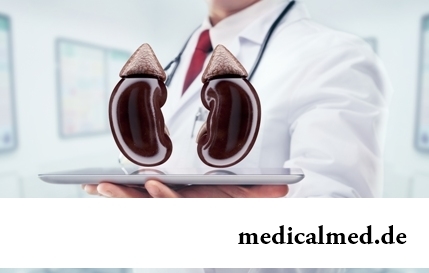
Kidneys perform the most important function of clarification of blood from those products of metabolic processes which cannot be used by an organism for obtaining energy and construction of new cells. With the urine produced by kidneys from a body of the person bulk is removed...
Section: Articles about health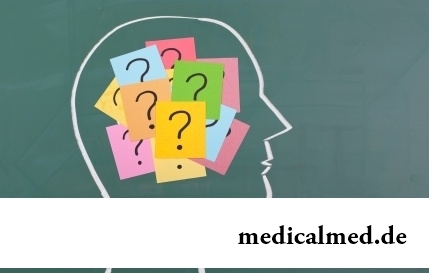
Memory is an ability of the central nervous system to fix, keep and as necessary to reproduce information on knowledge or skills received by the person or an animal during life. The mechanism of this process is up to the end not studied....
Section: Articles about health
The problem of diagnosis was and remains to one of the most important in medicine. From that, the reason недо will be how precisely defined...
Section: Articles about health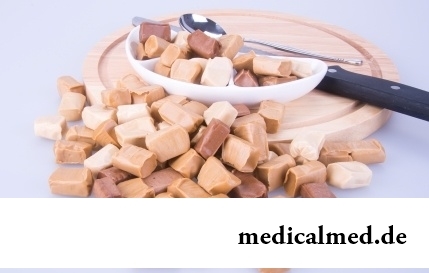
Food with the increased content of sugar is attractive to most of people - it is scientifically confirmed fact. Business here not in intemperance or dissoluteness: the sweet food is associated since childhood with feeling of rest and safety which is felt by the kid, to...
Section: Articles about health
Heart disease and blood vessels lead to disturbance of blood supply of bodies and fabrics that involves failures in their work, deterioration in health of the person, decrease in its working capacity and standard of living. Annually more than 17 million inhabitants of our planet perish from pathologies such....
Section: Articles about health
The trophic ulcer is not an independent disease. This heavy complication arising owing to a thermal injury (a burn...
Section: Articles about health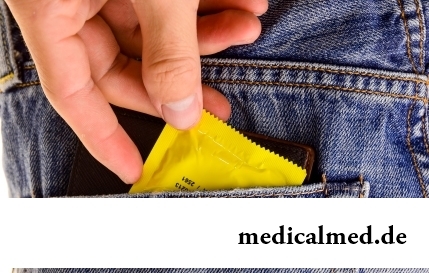
Today about 30 diseases, sexually transmitted are known. Wide circulation of these illnesses is extremely promoted by the dual attitude towards them: on the one hand, most of people know about "shameful" diseases and not a stirrup very little...
Section: Articles about health
Almost each of us during life faced dissatisfaction with own body. At such moments, as a rule, we begin to shame ourselves, urgently we go on the most rigid diet promising minus of 10 kg in a week, or we exhaust ourselves in the gym to almost death. As a rule, similar attempts come to an end with a campaign to the refrigerator for jamming of the next stress. Further history repeats itself with individual frequency....
Section: Articles about health
Stability of a hormonal background is one of the most important conditions of preservation of health of the woman. At the same time endocrine system –...
Section: Articles about health
For the city dweller the fitness is the most convenient sport. It is enough to acquire the subscription to the gym to get access to various apparatuses and an opportunity to train under the leadership of the experienced consultant. Many consider fitness on...
Section: Articles about health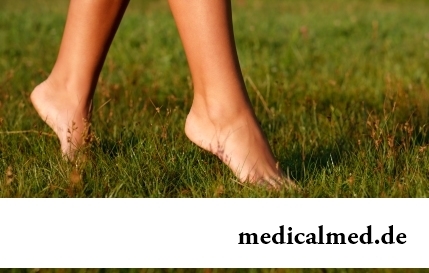
Weakness of an ankle joint – very widespread problem. Its existence is demonstrated by tendency to a podvorachivaniye of legs when walking on heels, frequent painful sprains, pain on average and anonymous toes even after small loadings. Usually people with such pathology take off unpleasant effects by means of the anesthetizing pulverizing and ointments, but it does not lead to radical elimination of a problem. Meanwhile, at the known persistence it is possible to strengthen an ankle to the house...
Section: Articles about health
